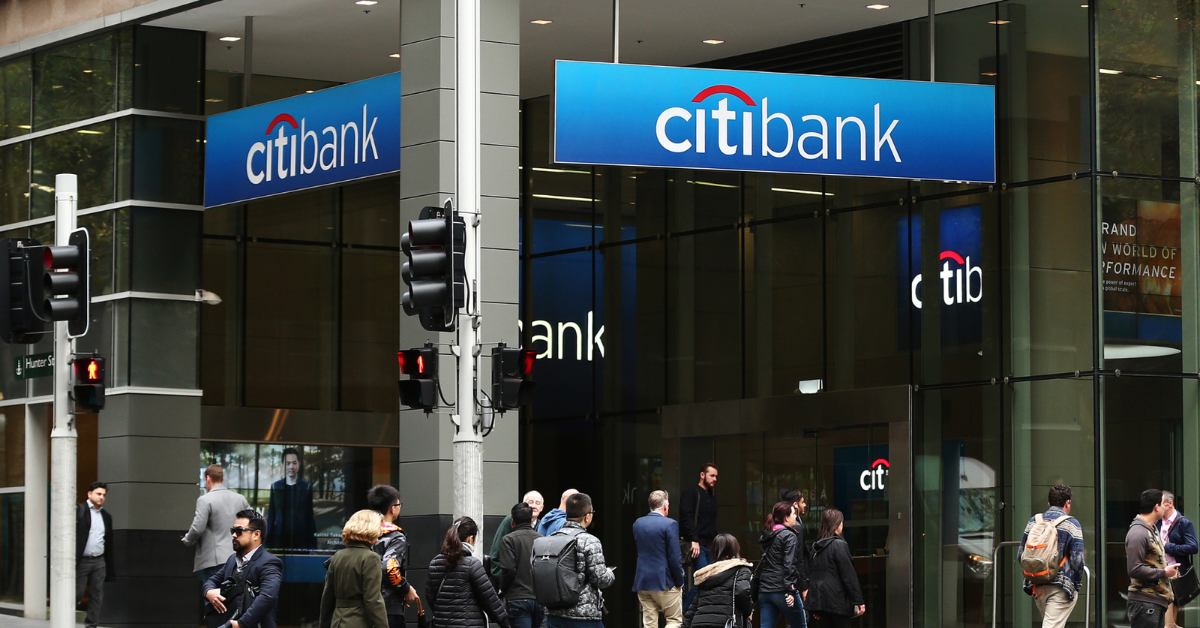As many of 3 million birds a day are flying over Forsyth County daily as another fall migration season launches.
That’s right, 3 million, according to BirdCast, a partnership between the Cornell Lab, Colorado State University and the University of Massachusetts at Amherst that forecasts migration patterns.
“Those are numbers we can’t even comprehend,” conceded Kim Brand, engagement coordinator for Audubon North Carolina and a Winston-Salem resident.
But not all of those avian travelers make it through the county’s airspace.
In Winston-Salem, volunteers with Forsyth Audubon have found as many as 50 dead or injured birds a month during early-morning searches in the downtown area in past years. The timing of those discoveries point to an almost-certain cause of the casualties.
People are also reading…
Nationally, at least 100 million birds die every year when they collide with buildings after being disoriented by artificial lights during nighttime hours, the National Audubon Society estimates.
Preventing such deaths, experts say, is as easy as flipping a switch.
Through its Lights Out Winston-Salem program, Forsyth Audubon has worked with local building owners and operators to turn the downtown dark during bird migration season.
As a result, lights go out at 11 p.m. at 500 West Fifth Street, Liberty Plaza, the Cardinal Hotel and Winston Tower, along with Truist, Reynolds American and Wells Fargo buildings between Sept. 10 and Nov. 30, and from March 15 to May 31.
WATCH NOW: Winston-Salem resident and engagement coordinator for Audubon North Carolina’s Kim Brand rescues a yellow-bellied sapsucker that collided with a downtown building
Night flight
Most birds fly at night on their migratory journeys because they expend less energy in the cooler air and aren’t as exposed to predators, Brand explained.
In the darkness, birds use the moon and stars to navigate but, like moths, they’re drawn to light and can become confused.
“There’s not really anything in their evolutionary history to prepare them for light shining up at them from below, so it’s totally disorienting,” Brand said.

Exterior lights on the Wells Fargo Center and Winston Tower were turned out at midnight, Saturday, Sept. 24. The action is part of “Lights Out Winston-Salem”, which hopes to prevent migratory birds from getting disoriented and colliding into the buildings.
New York City’s nighttime “Tribute in Light” display every Sept. 11 — early in fall migration season — at the site of the 2001 World Trade Center terrorist attacks has become somewhat of a case study in this phenomenon.
“You see birds becoming trapped in those lights,” Brand noted. “They’re not physically trapped but they’re mentally trapped, bouncing around, and can’t seem to figure out how to leave the beam.”
When a significant number of birds find themselves in that predicament, New York City Audubon volunteers alert the display’s operators, who cut the lights temporarily.
In urban areas, illuminated buildings become a particular challenge for birds lured from their flight plan by city lights.
“They have to navigate this environment that is full of windows that birds don’t perceive as necessarily solid, so either they’re seeing the reflection of habitat or it looks like they could fly thought it,“ Brand explained.
WATCH NOW: Engagement coordinator for Audubon North Carolina’s Kim Brand releases a common yellowthroat at Salem Creek
‘The Wood Thrush Connection’
Habitat destruction, climate change and building collisions are the leading human-related contributors to bird deaths, experts say.
In North Carolina, the wood thrush — a particular favorite of Brand’s — is among the species most impacted by the actions of people.
“I personally adore the wood thrush,” she said. “They have a gorgeous song, and they sing in the deep, dark woods, in that place where it’s just really peaceful in the North Carolina summer. It feels magical to hear them sing.”

All but the emergency lights have been turned off on the upper floors of the 500 W. 5th Building, Friday, Sept. 23. The action is part of “Lights Out Winston-Salem.”
But those are becoming rarer performances, experts say.
The wood thrush population has declined by half over the past 40 years, according to Audubon, and that trend is expected to continue.
Climate change is predicted to make conditions more favorable for wildfires that destroy forests, spring heat waves that endanger young birds and heavy rains that can flood nests.
And population growth in North Carolina continues to spur urban and suburban development that results in clearcutting of old growth trees.
As a result of those threats, wood thrushes are expected to lose about 80% of their current range by 2080.
“It just shrinks the places where they can make more wood thrushes,” Brand explained.

The exterior lights atop the Nissen Building are turned off after 11 p.m., Friday, Sept. 23.
Because songbirds like the wood thrush return to precisely the same place every year and resist moving to new areas, they are at high risk when their familiar habitat is compromised.
Brand was one of several participants in a project that explored those migratory habits and became the subject of an award-winning documentary in 2017.
Working with the Smithsonian Institution, Audubon officials and volunteers from the local, state, national and international levels — with the help of a small transmitter attached to a wood thrush in its summer habitat at Pilot Mountain State Park — were able to track the bird’s 3,000-mile migratory trek to and from its winter home in Belize.
As part of the Climate Listening Project’s production of “The Wood Thrush Connection,” Brand traveled to the Central American country to explore the bird’s winter grounds and consult with counterparts there.
“It was amazing,” she said of the experience.
‘Tough to be a bird’

All but the emergency lights have been turned off on the upper floors of the 500 W. 5th Building, Friday, Sept. 23.
Brand admits she initially experienced a common misconception about where birds are tragically impacted by nighttime lighting.
“When I started this work I thought it was just a big-city problem — in Toronto and Chicago and New York City,” she explained. “But it’s really a problem anywhere there are windows.”
In 2009, Brand and Audubon Forsyth began collecting data on dead and injured birds found during migratory seasons.
“Within a couple years, we had plenty of data and knew which buildings were the worst,” Brand said. “We had buildings that had lights that definitely needed to be turned out.”
Audubon worked directly with the owners and operators of those buildings, who agreed to kill lights after 11 p.m. during the spring and fall migratory seasons.

The exterior lights atop the Nissen Building are turned off after 11 p.m. Sept. 23.
Twenty U.S. cities — including Greensboro, Charlotte, Raleigh and Matthews in North Carolina — have adopted Lights Out policies and let municipal government buildings go dark at night.
But it’s not just high-rises that pose a threat. Illumination from ordinary homes, especially exterior lighting pointing upward, can be disorienting for birds, Brand said.
And autumn is particularly hazardous.
Twice as many building collisions occur in the fall compared to the spring because so many young birds are experiencing their first migrations.
“It’s tough to be a bird,” Brand noted. “Migration is definitely the most dangerous and demanding part of their entire life.”
Darkening their path could lead to a brighter future.
John Deem covers climate change and the environment in the Triad and Northwest North Carolina. His work is funded by a grant from the 1Earth Fund and the Z. Smith Reynolds Foundation.
336-727-7204
Source: journalnow.com




